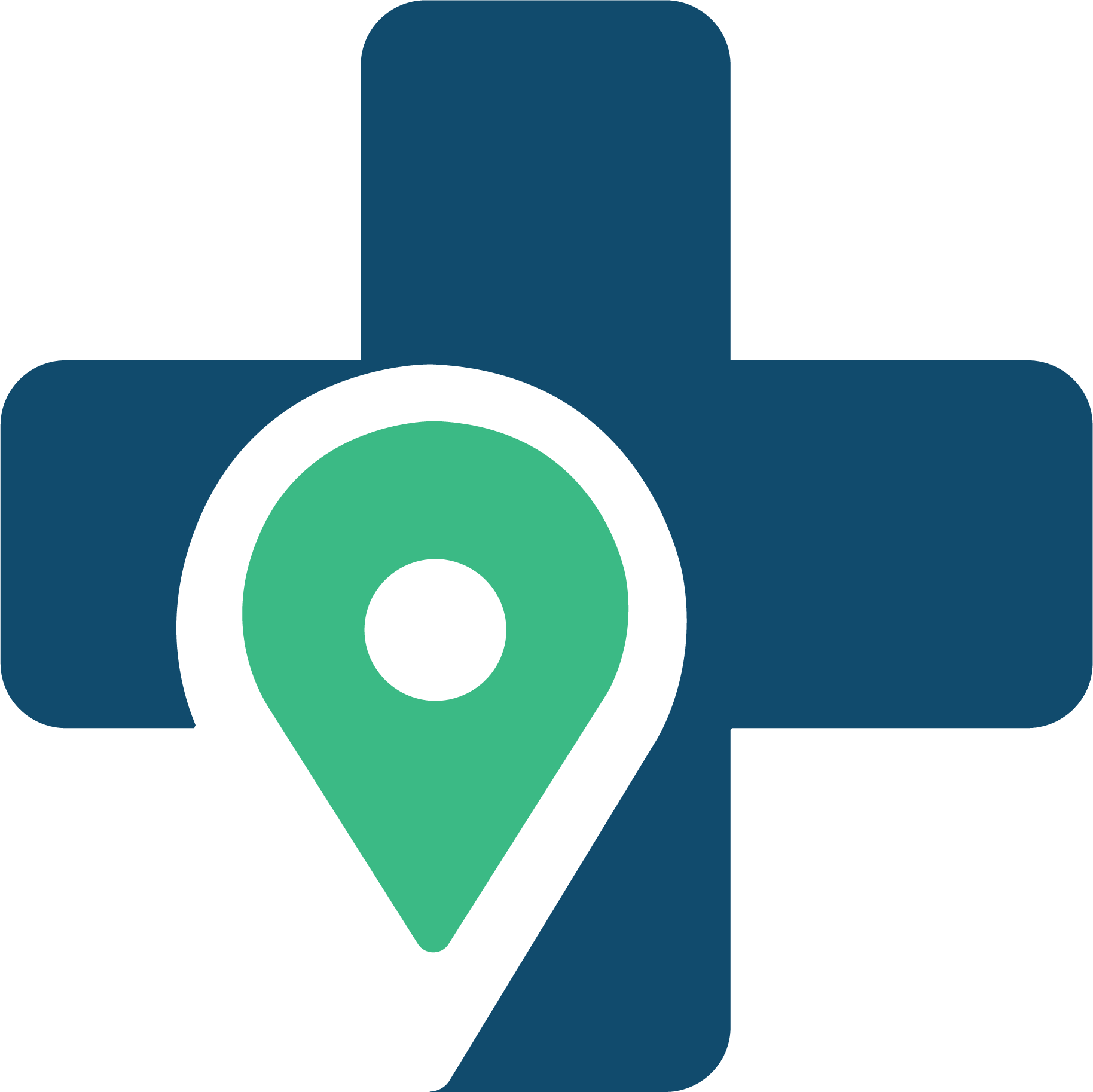What is an Eating Disorder
An eating disorder is a serious form of mental illness that causes severe disturbances in a person’s eating behaviors and body image.
Typically, people with an eating disorder will develop an obsessive preoccupation with food and their body weight. These thoughts and beliefs affect the way the person eats, as well as their relationship with food and exercise.
The impact of an eating disorder on eating behaviors can result in inadequate nutrition and can be dangerous for heart health, the digestive system, bones, and teeth.
Eating disorders more commonly affect women than men, and often develop in teen and young adult years. Up to 24 million people in America suffer from an eating disorder.
Eating Disorder Symptoms
The symptoms of an eating disorder vary depending on the type. There are three main types of eating disorders.
These include anorexia nervosa, bulimia nervosa, and binge-eating disorder.
Anorexia Nervosa
People with anorexia nervosa usually believe that they are overweight, even if they are dangerously underweight. They will weigh themselves repeatedly, severely restrict their calorie intake, will often not eat at all, and may exercise excessively and use laxatives to lose weight.
Anorexia nervosa is the most dangerous of all eating disorders and has the highest mortality rate of any mental illness.
Fatalities attributed to anorexia nervosa are usually due to complications associated with starvation, malnutrition, and organ failure. Rates of suicide are also higher in people with anorexia nervosa.
Symptoms of anorexia nervosa include:
- Restricted eating and often not eating at all
- Extremely low body weight, looking emaciated
- Intense, debilitating fear of gaining weight
- Distorted body image
Long-term physical anorexia nervosa symptoms that develop include:
- Thinning of the bones, resulting in osteoporosis
- Anemia
- Muscle wasting and weakness
- Dry, yellow skin
- Brittle hair and nails
- Fine hair growth all over the body
- Chronic constipation
- Low blood pressure
- Damage to the heart
- Brain damage
- Organ failure
- Low body temperature
- Lethargy
- Infertility
Bulimia Nervosa
People with bulimia nervosa will have frequent, recurrent episodes of binge-eating. These episodes of consuming excessive quantities of food are followed by forced vomiting, overuse of laxatives, excessive exercise, or a combination of all of these behaviors.
People with bulimia nervosa can have any body weight, shape, or size. They may be underweight, overweight, or a normal weight.
This makes it harder to notice the symptoms if it is suspected that someone has bulimia nervosa.
Symptoms of bulimia nervosa include:
- A chronically sore and inflamed throat, if the person chooses vomiting as their primary means of purging
- Swollen salivary glands
- Decaying, yellow teeth as a result of frequent exposure to stomach acid
- Acid reflux and other gastrointestinal problems
- Severe dehydration
- Intestinal distress if abusing laxatives
- Electrolyte imbalance (which can lead to heart attack or stroke)
Binge-Eating Disorder
Binge-eating disorder is the most common eating disorder in the United States.
Unlike bulimia nervosa, binge-eating as a type of eating disorder is not followed by vomiting, laxative use, or excessive exercise. People with binge-eating disorder have no control over their eating, and will frequently and uncontrollably consume large quantities of food.
Because binge-eating is not followed by any form of purging, people with binge-eating disorder are often overweight and even obese.
Symptoms of binge-eating disorder include:
- Eating huge quantities of food in a very short and specific amount of time
- Eating even when not hungry, or already full
- Eating very quickly during a binge-eating episode
- Eating in private or keeping binge-eating episodes secret
- Feeling distressed, ashamed, and guilty about eating
- Eating until uncomfortably full and even nauseous
What Causes Eating Disorders
Eating disorders can affect anyone, regardless of age, ethnicity, gender, and body weight. However, eating disorders are more common in women, and frequently appear during teen years or young adulthood.
The risk factors for eating disorders are not entirely clear but seem to be caused by a complex combination of genetic, social, psychological, and biological factors.
Some risk factors that may cause eating disorders include:
- Mental illness: Mental illnesses such as depression, anxiety, low self-esteem, and trauma such as childhood sexual abuse, may increase the risk of a person developing an eating disorder.
- Body image issues: If someone is bullied about their weight as a child, or was under constant pressure to be a certain weight by peers, parents, or another trusted person, they may go on to develop an eating disorder.
Eating Disorder Treatment
It is vital that a person with an eating disorder seeks treatment as early on as possible. People with eating disorders are at a higher risk of developing severe, even life-threatening medical problems.
People with eating disorders often abuse stimulants in particular, in order to curb their appetite. This can lead to addiction, which exacerbates the symptoms of anxiety and depression.
Treatment therapies must take both the eating disorder and any co-occurring mental illness and substance abuse into consideration.
Treatment plans need to be tailored to the individual’s unique needs and personal history. The most common ways to treat eating disorders include:
- Psychotherapy: Talk therapy, such as cognitive behavioral therapy (CBT), helps the person understand their thoughts, feelings, and self-harming behaviors. They are then taught how to control their feelings and learn better coping mechanisms.
- Group therapy: Support groups are highly effective for people with eating disorders. The support group offers a community spirit and safe environment for the person to share their struggle with the disease amongst like-minded individuals.
- Medical care and monitoring: A clinician or nutritionist will work with the patient to help them develop healthy eating habits and an eating plan. A doctor may also treat any malnutrition or physical ailments resulting from the eating disorder.
- Medications: Medications such as selective serotonin reuptake inhibitors (SSRIs) may be prescribed to treat anxiety and depression.
Get Help for an Eating Disorder
With the right treatment, full recovery is possible. Do not delay in taking back control of your life.
We are here to help you. Here at Addiction Rehab Treatment, we specialize in finding the right treatment plan and facility for people who have a mental illness, are struggling with addiction, or both.
Get in touch with us today and start on the road to recovery. One of our compassionate, knowledgeable recovery specialists is here to help you 24/7









